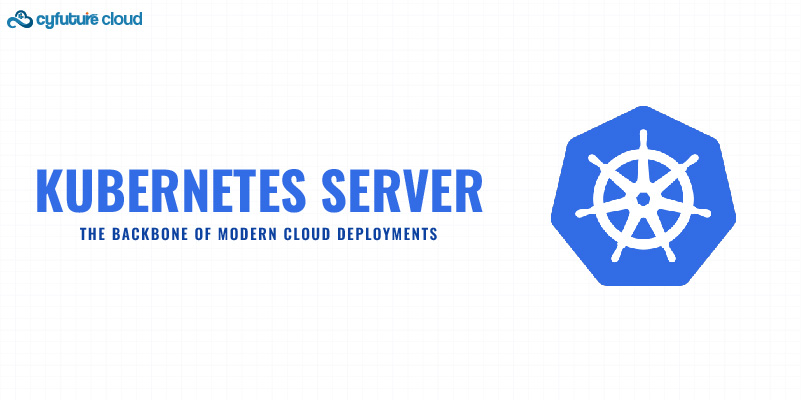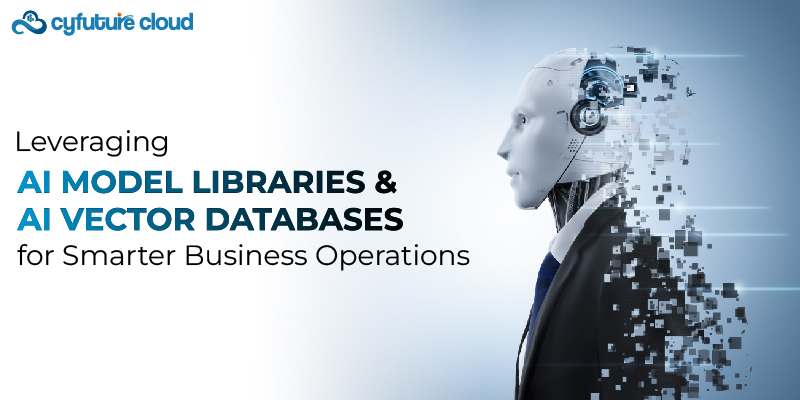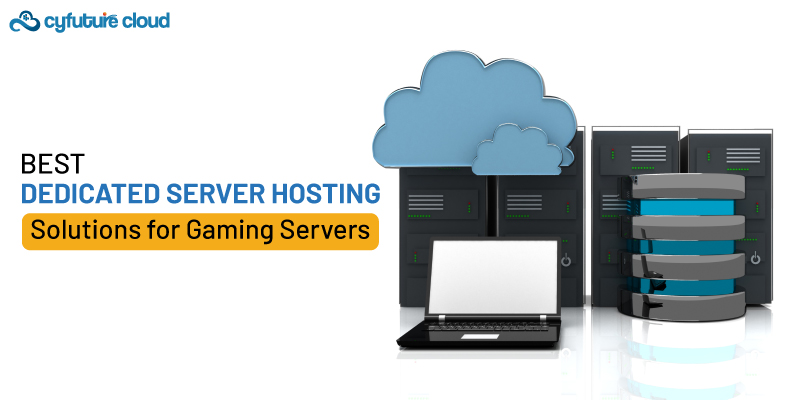Table of Contents
Introduction
The internet has come a long way since its inception, from the first web pages to the cloud infrastructure that powers today’s digital economy. The next stage of the internet’s evolution is known as Web3.
It’s a new kind of Internet that exactly translates what you type and understands what you say, no matter what medium you use – text, voice, or other media. In addition, where all of the content you consume is more personalized than ever before.
Web3 represents a major shift in how we interact with the internet and cloud computing. In this blog post, we’ll explore what Web3 is, how it works, and its potential impact on the future of the cloud.
What is Web3?
Web3 is a third-generation of the internet, built on top of blockchain technology to make the internet more accessible, private, and secure for users. Unlike the current internet, which is centralized and controlled by a few major corporations like Google or Amazon, Web3 is a decentralized web powered by a network of nodes owned by users rather than centralized authorities.
At its core, Web3 is about giving users more control over their data and online identity and enabling them to interact with each other and digital assets more securely and transparently. It represents a major shift away from the centralized model of the current internet and towards a more open and decentralized model that is better aligned with the principles of the blockchain.
Web3 Dedicated Servers Hosting:
Web3 Dedicated Servers Hosting represents a specialized infrastructure catering to the needs of decentralized applications and blockchain networks within the Web3 ecosystem. These servers offer robust, dedicated resources optimized for hosting blockchain nodes, decentralized applications (dApps), and other decentralized services. They ensure high performance, reliability, and security while supporting various blockchain networks like Ethereum, Polkadot, Solana, and others. Emphasizing decentralization, these hosting solutions prioritize data privacy, smart contract execution, interoperability, and scalability while implementing advanced security measures. This infrastructure serves as a fundamental backbone for Web3 applications, providing a resilient environment for the decentralized future of the internet.
How does Web3 work?
Web 3.0 works on the amalgamation of the decentralization of interactiveness of Web 1.0 and the user-friendly interface of Web 2.0.
Web 3.0 is built upon the blockchain, a decentralized ledger technology that enables transparent and secure transactions without a central authority. The blockchain consists of a network of nodes that collaborate to authenticate and record transactions, with each node having an identical copy of the ledger.
Simply put, Web3 allows users to take charge of their online experience and enhance their security through blockchain technology. Additionally, artificial intelligence, machine learning, and natural language processing have important roles to play in emulating human pattern recognition and communication through symbols and language.
Web3 empowers users to manage their data and digital assets, enabling interaction with digital services and other users via a decentralized network of nodes. This approach eliminates the presence of a central authority, thereby avoiding a single point of failure.
Web3 Cloud Computing:
| Aspect | Description |
|---|---|
| Service Provider | [Name of the Web3 Cloud Computing Service Provider] |
| Supported Blockchains | [List of supported blockchain networks (e.g., Ethereum, Polkadot, Solana)] |
| Decentralization | [Degree of decentralization in infrastructure and data handling] |
| Smart Contract Support | [Ability to deploy, execute, and manage smart contracts] |
| Data Privacy | [Measures taken to ensure user data privacy and encryption] |
| Interoperability | [Compatibility with different Web3 protocols and networks] |
| Scalability | [Ability to scale resources in response to demand fluctuations] |
| Consensus Mechanism | [Description of the consensus mechanism utilized (e.g., Proof of Stake, Proof of Work)] |
| Security Measures | [Overview of security protocols and measures against vulnerabilities] |
| Cost Model | [Details about pricing structures, payment options, and fees] |
| Customer Support | [Availability and types of support channels offered] |
The potential impact of Web3 on the future of the cloud
Web3 can transform how we interact with the cloud and the internet. Here are some of the potential impacts of Web3 on the future of the cloud:

Decentralization
The principle of decentralization lies at the core of Web3, empowering users with greater control over their digital assets and data. In stark contrast to the centralized model of the existing internet and cloud, which is dominated by a handful of corporations, Web3 represents a significant departure, offering a more decentralized and democratic landscape.
Security and Privacy
Built on the blockchain, Web3 boasts a superior level of security and privacy compared to the current internet and cloud, enabling users to enjoy greater control over their digital assets and data. With its inherent transparency, the blockchain lends an added layer of confidence to users, assuring them that their information is secure and that they can fully trust the platform.
Transparency
Web3 is built on the blockchain, a technology that offers unparalleled transparency. With every transaction on the network visible to users, there is a heightened level of confidence in the platform’s fairness and transparency. Users can rest assured that the system is designed with openness and accountability at its core.
Interoperability
Built on a decentralized network that is not controlled by any single organization, Web3 has the potential to create a more interoperable internet and cloud. This means that users can enjoy a more seamless and integrated experience when interacting with each other and with digital assets.
By breaking down barriers and fostering collaboration across the digital landscape, Web3 represents a significant step forward towards a more connected and inclusive future.
New Business Models
Web3 has the potential to usher in new business models that are more aligned with the principles of the blockchain, including decentralized finance (DeFi). With DeFi, users can access financial services without the need for a centralized authority, allowing for greater autonomy and control over their finances.
This represents a major shift towards a more democratic and accessible financial landscape, and is just one example of the transformative power of Web3.
Conclusion
Web3 represents a groundbreaking shift in how we engage with the internet and cloud computing. By creating a decentralized network on top of the blockchain, Web3 can revolutionize how we interact with digital assets and each other, ushering in a new era of security, privacy, and transparency in the online world.
Though in its nascent stages, Web3 presents a remarkable opportunity for individuals and businesses seeking to embrace the future of the internet and the cloud.
Recent Post
Send this to a friend

 Server Colocation
Server Colocation CDN Network
CDN Network Linux Cloud Hosting
Linux Cloud Hosting Kubernetes
Kubernetes Pricing Calculator
Pricing Calculator
 Power
Power
 Utilities
Utilities VMware Private Cloud
VMware Private Cloud VMware on AWS
VMware on AWS VMware on Azure
VMware on Azure Service Level Agreement
Service Level Agreement 



















